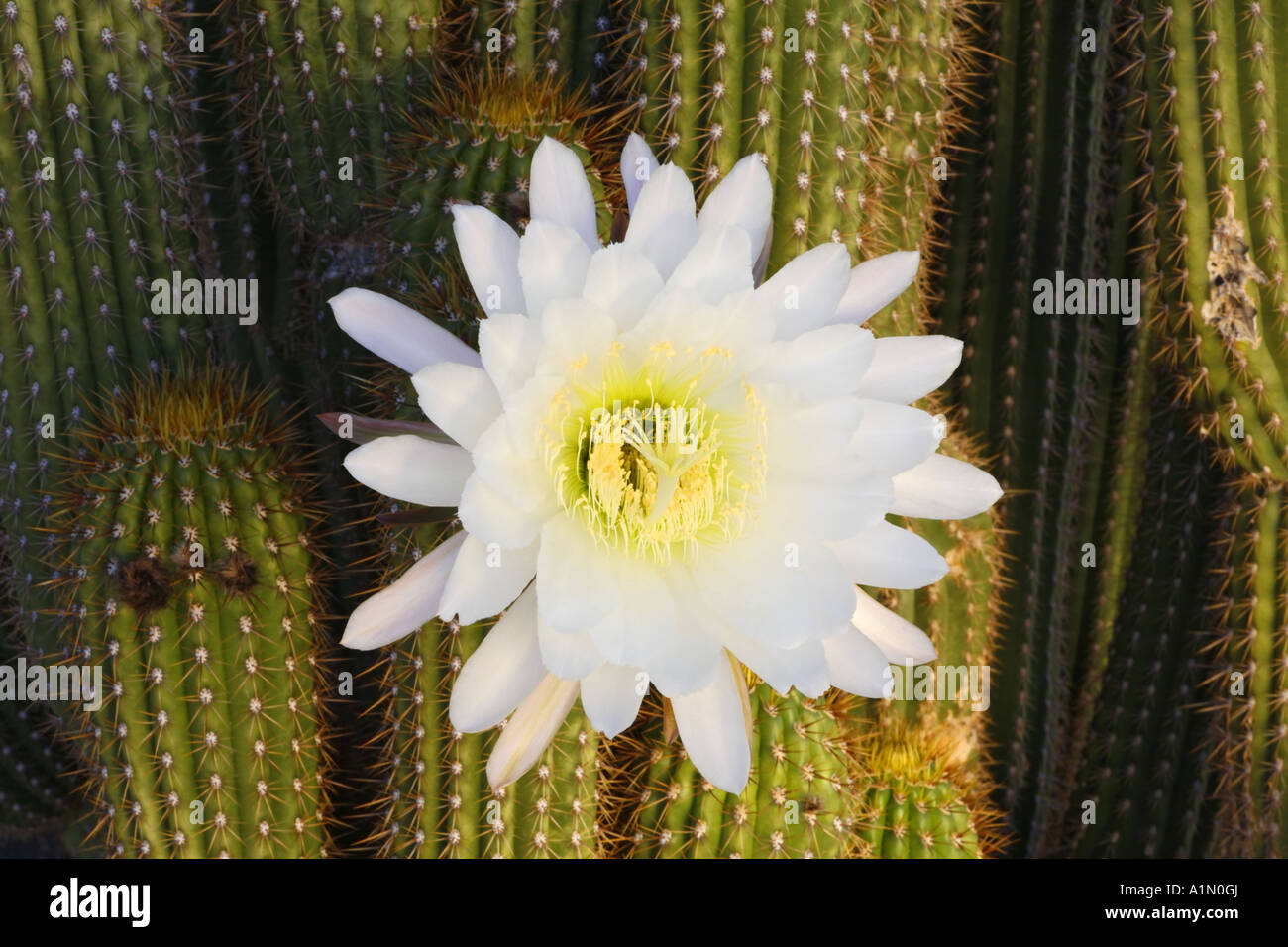Cacti, those resilient denizens of arid landscapes, have long captured the human imagination with their unique adaptations and enchanting forms. Among the nearly 2,000 species of cacti, a select few possess the remarkable ability to bloom exclusively at night. The night-blooming cactus—a term that encompasses several species—offers a fascinating glimpse into the intricate interplay of nature’s nocturnal rhythms and the strategies that plants adopt to survive and thrive in challenging environments.
The allure of night-blooming cacti lies not only in their stunning aesthetic but also in the extraordinary circumstances that govern their lifecycle. While most plants rely on daytime pollinators, these remarkable cacti have evolved to attract creatures that venture out under the cover of darkness. This captivating adaptation raises intriguing questions about biodiversity and ecological relationships, providing fertile ground for exploration.
Night-blooming cacti belong predominantly to the genera Selenicereus and Epiphyllum, making their home among the arid and semi-arid regions of the Americas. They are often found clinging to rocky outcrops or nestled among trees, adopting a strategy that maximizes water retention while combating harsh sunlight during the day. Their impressive blooms, which can be both large and fragrant, emerge in the twilight hours and last only a single night, making the experience of witnessing them truly ephemeral.
One of the most iconic representative species of night-blooming cacti is the Selenicereus grandiflorus, commonly known as the Queen of the Night. This remarkable cactus is renowned for its large, white flowers that can span up to a foot across, unfurling in a dramatic, almost theatrical fashion as darkness falls. They emit a sweet fragrance that wafts through the night air, enticing nocturnal pollinators such as moths, bats, and other insects. Such a vivid display serves not just as a spectacle, but as a reminder of the interdependent relationships between flora and fauna.
The evolutionary strategy of nocturnal blooming represents an intriguing counterpoint to the traditional diurnal patterns established by many plants. By timing their reproductive processes to coincide with the behaviors of specific night-flying pollinators, night-blooming cacti ensure that their delicate flowers receive the attention needed for successful fertilization and seed development. This reliance on nocturnal visitors fosters an intricate dance of mutualism, where both plants and their pollinators stand to gain. The night-bloomers have effectively carved out a niche in the ecosystem, where few competitors inhabit the shadows.
Beyond their ecological significance, night-blooming cacti also evoke deeper emotional responses. Many gardeners and plant enthusiasts are spellbound by the ephemeral nature of their blooms, which serve as a reminder of the transience of beauty in the natural world. The fleeting appearance of the flowers, lasting only until dawn, ignites a sense of urgency and appreciation for life’s ephemeral moments. Cultivating a night-blooming cactus can transform a garden into an enchanting haven, where, under a starry sky, one can witness the floral display that unfolds with the setting sun.
As with any plant species, the cultivation of night-blooming cacti requires specific care and consideration. These plants thrive in well-draining soil, preferably a cactus mix that facilitates proper drainage and air circulation. They prefer bright, indirect light, making them ideal candidates for locations that receive filtered sunlight. The watering regimen is crucial; during the growing season, they require moderate watering, while in the dormant season, a reduced schedule is necessary to prevent root rot. Understanding their unique needs can lead to successful cultivation, ensuring that gardeners are rewarded with the exquisite beauty of their blooms.
The beauty of night-blooming cacti is not merely ornamental; they have also found their place in various cultural narratives and traditions. In some cultures, the flowering of the Queen of the Night holds symbolic significance, representing renewal, transformation, and the beauty of change. Celebrations and rituals often center around the blooming period, infusing community gatherings with a shared appreciation for nature’s wonders. As such, these blooming cacti become a living thread that connects people to the rhythms of the earth, inviting reflection and mindfulness.
In recent years, the fascination with night-blooming cacti has spread beyond traditional cultivation into the realm of art and literature. They inspire artists, poets, and photographers, serving as a muse for creative expression that embodies their mystery and allure. Through artistic endeavors, the fleeting beauty of their blooms can be immortalized, capturing the essence of a moment that is both poignant and transcendent.
In summary, the night-blooming cactus encapsulates a multitude of ecological, emotional, and cultural dimensions. Their ability to thrive in hostile environments and attract specific nocturnal pollinators speaks volumes about adaptability and resilience in nature. The aesthetic pleasure they provide, coupled with the insight they offer into the interconnections of life, ensures that they will continue to fascinate and engage both enthusiasts and casual observers alike. The night-blooming cactus serves as a testament to the wonders of nature, inviting us to appreciate not only their beauty but also the intricate ecosystems that support them.





Leave a Comment